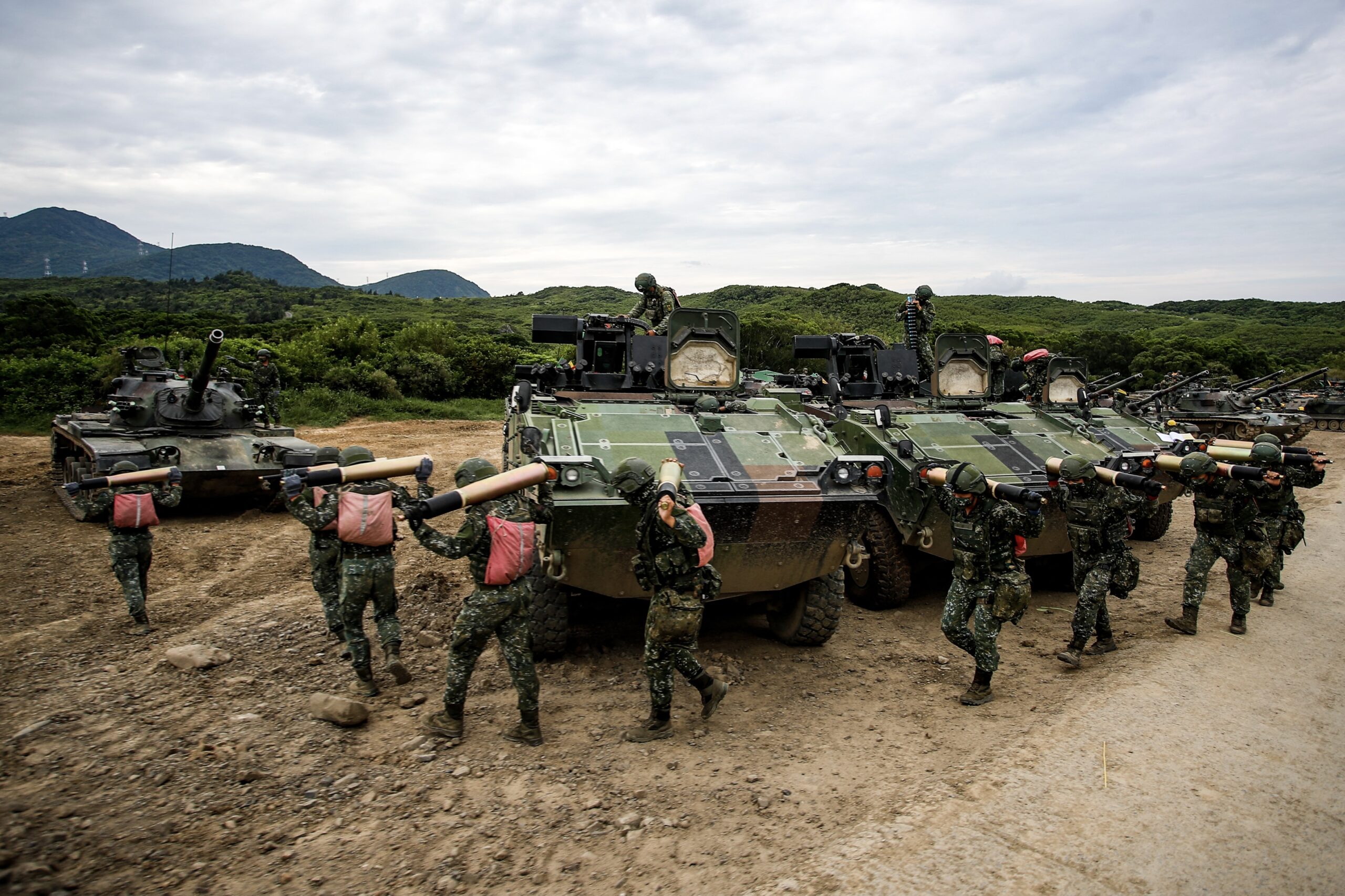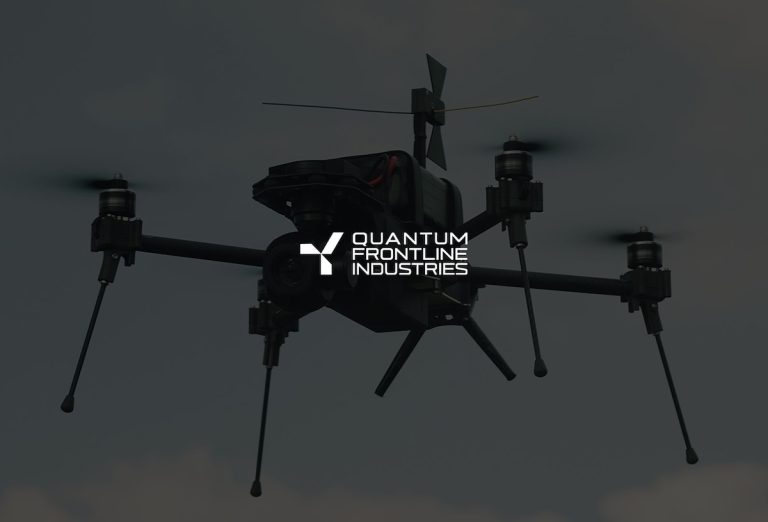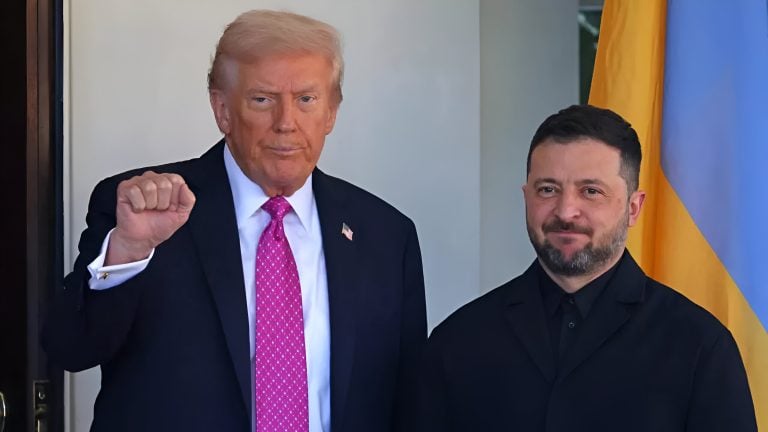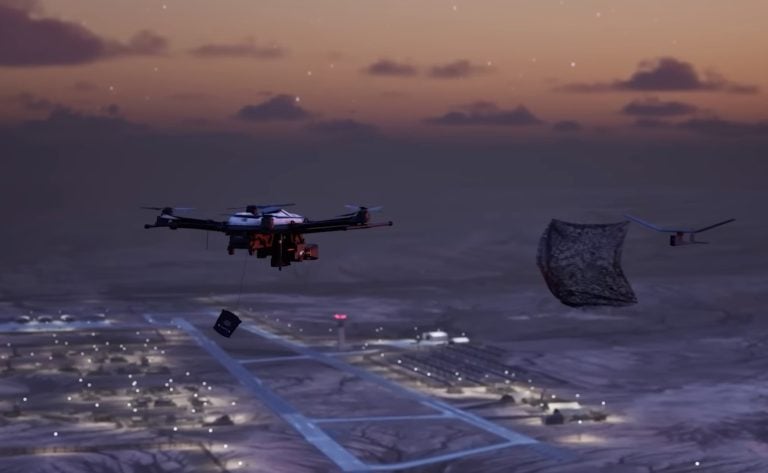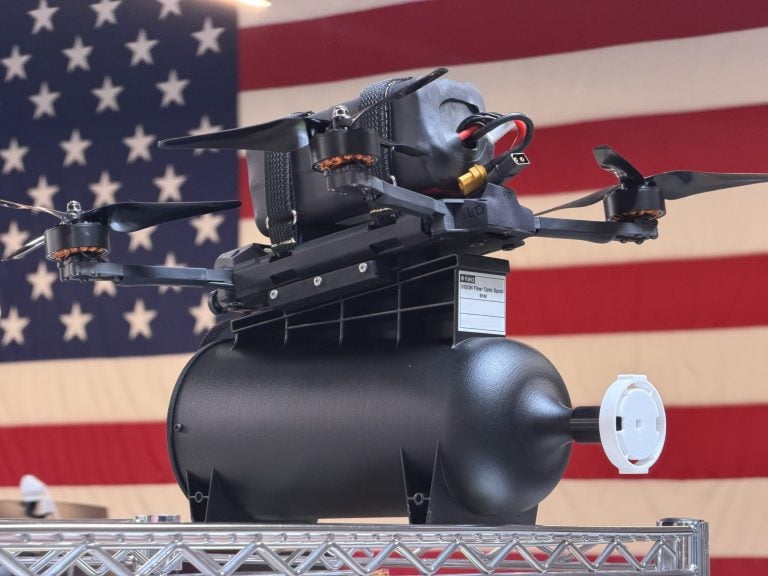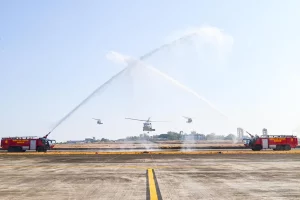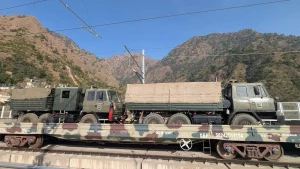Taiwan’s government has announced plans to increase its defense budget for 2026 to exceed three percent of its GDP, amid intensified pressure from the United States for the island to enhance its military capabilities. This development comes as Taiwan faces ongoing threats from China, which regards the democratic island as a breakaway province and has not ruled out the use of force to assert its claims.
Premier Cho Jung-tai stated that the proposed budget hike serves as a strong indication to both the international community and the citizens of Taiwan of the government’s commitment to safeguarding national sovereignty and security. The increase would place defense spending at approximately 949.5 billion New Taiwan dollars (around $31.1 billion), representing 3.32 percent of Taiwan’s GDP, a significant 22.9 percent rise from the previous year.
The 2026 budget plan includes 135.9 billion New Taiwan dollars earmarked for the Coast Guard Administration and military retirement benefits, areas that were not prioritized in the prior year’s budget. Cho emphasized that total defense budgeting employs NATO standards, underscoring Taiwan’s serious commitment to bolstering its defense.
While Cho initially cited a percentage of 3.23 during a press briefing, the government later confirmed the accuracy of 3.32 percent. Overall expenses for 2026 are projected at just over 3 trillion New Taiwan dollars, marking an increase of around 3.8 percent from 2025, amounting to an additional 110 billion New Taiwan dollars.
The defense spending plans are set against a backdrop of ongoing negotiations between Taipei and the administration of U.S. President Donald Trump regarding trade arrangements. Recently, Trump implemented a temporary 20 percent tariff on Taiwanese goods, a move interpreted as part of broader trade tensions. Negotiations on this front are continuing.
In the Taiwanese parliament, controlled by the opposition Kuomintang party (KMT), there has been pushback against the Lai government’s previous budget proposals, including cuts to the defense budget and a freeze on some military funding. Though KMT officials have expressed support for an increased defense budget, they emphasize the need to prioritize issues such as manpower shortages and enhanced military training.
While Taiwan maintains a homegrown defense industry and has been actively modernizing its military equipment, experts point out that it remains significantly outmatched by China in a potential conflict. Consequently, Taiwan’s defense strategy relies heavily on arms sales and support from the United States to enhance its security posture.
Military analyst Chieh Chung observed that if specific expenditures on the coast guard and pension funds were excluded, the actual defense budget would equate to 2.84 percent of GDP. While he noted that the U.S. is likely to welcome Taiwan’s commitment to increased military spending, he also indicated that this proposal may still fall short of U.S. expectations, highlighting the ongoing complexities of Taiwan’s defense strategy amid regional tensions.
